Enhancing Workplace Safety: The Best Manual Handling Equipment for Manufacturing
Date Posted:3 June 2024
Safety should always be a top priority in any workplace, and choosing the right manual handling equipment is an important step towards achieving that goal. By prioritizing the welfare of workers and investing in the appropriate tools and training..
In the bustling world of manufacturing, where efficiency and productivity are paramount, ensuring the safety and well-being of workers is equally crucial. Manual handling tasks, such as lifting, carrying, pushing, and pulling heavy objects, are common in manufacturing environments. However, these tasks can pose significant risks to workers if not performed correctly or without proper equipment.
To mitigate these risks and promote a safer work environment, manufacturing companies must invest in the right manual handling equipment. In this blog, we'll explore some of the best manual handling equipment options available for manufacturing operations, focusing on their benefits, applications, and how they contribute to workplace safety.
Pallet Jacks and Trucks:
Pallet jacks and trucks are essential tools in any manufacturing facility where materials need to be moved efficiently. These manual handling devices are particularly useful for transporting palletized goods, such as raw materials, components, or finished products, across the factory floor.
Benefits:
Increases efficiency by allowing workers to move heavy loads with minimal effort.
Reduces the risk of musculoskeletal injuries associated with manual lifting and carrying.
Versatile and suitable for use in various manufacturing settings, including warehouses, production lines, and distribution centers.
Applications:
Transporting materials from storage areas to production lines.
Loading and unloading trucks or shipping containers.
Rearranging inventory within the facility.
Lifting Trolleys and Carts:
Lifting trolleys and carts are designed to assist workers in lifting and transporting heavy objects safely. These manual handling aids come in various configurations, including platform trolleys, scissor lift trolleys, and hydraulic lift carts, to accommodate different types of loads and environments.
Benefits:
Reduces the physical strain on workers by providing mechanical assistance for lifting tasks.
Improves precision and control when positioning loads, minimizing the risk of accidents or damage.
Enhances productivity by streamlining material handling processes.
Applications:
Moving bulky or awkwardly shaped items within the manufacturing facility.
Facilitating assembly or production processes by positioning materials at the appropriate height.
Assisting with the loading and unloading of machinery or equipment.
Material Handling Cranes:
Material handling cranes, such as overhead cranes and gantry cranes, are indispensable equipment for lifting and moving heavy loads in manufacturing environments. These robust lifting solutions are capable of handling large and bulky items with ease, providing versatility and efficiency in material handling operations.
Benefits:
Enables the lifting and relocation of heavy loads with precision and control.
Maximizes floor space utilization by eliminating the need for obstructive support structures.
Enhances safety by reducing the reliance on manual lifting methods, minimizing the risk of accidents or injuries.
Applications:
Loading and unloading heavy machinery or equipment.
Transporting large components or assemblies between workstations.
Supporting maintenance and repair tasks by providing access to elevated areas.
Vacuum Lifters:
Vacuum lifters are specialized manual handling devices designed for lifting and manipulating non-porous loads, such as glass panels, metal sheets, or plastic containers. These innovative lifting solutions utilize suction cups or pads to securely grip and transport materials without causing damage or leaving marks.
Benefits:
Minimizes the risk of manual handling injuries by eliminating the need for physical exertion during lifting tasks.
Protects delicate or fragile materials from potential damage, ensuring product quality and integrity.
Increases efficiency by enabling faster and more precise material handling operations.
Applications:
Handling glass, ceramics, or composite materials in manufacturing processes.
Loading and unloading goods in the packaging or logistics industry.
Assisting with assembly tasks that involve manipulating small or awkwardly shaped components.
Ergonomic Lifting Aids:
Ergonomic lifting aids encompass a wide range of manual handling equipment designed to reduce the strain on workers' bodies and promote proper lifting techniques. These aids may include lifting belts, back supports, and ergonomic handles, which help distribute the weight of loads more evenly and provide support for the spine and muscles.Benefits:
Promotes correct posture and lifting techniques, reducing the risk of back injuries and strains.
Improves worker comfort and well-being, leading to increased morale and productivity.
Complements other manual handling equipment by enhancing worker safety and efficiency.
Applications:
Supporting manual lifting tasks that cannot be fully automated or mechanized.
Providing additional support for workers who perform repetitive or strenuous lifting activities.
Supplementing training programs on manual handling techniques and workplace ergonomics.
Investing in the right manual handling equipment is essential for enhancing workplace safety and efficiency in manufacturing environments. By providing workers with the tools they need to handle heavy loads safely and efficiently, companies can reduce the risk of injuries, minimize downtime, and optimize productivity. Whether it's pallet jacks, lifting trolleys, material handling cranes, vacuum lifters, or ergonomic lifting aids, each piece of equipment plays a vital role in promoting a culture of safety and well-being in the manufacturing industry.
Remember, safety should always be a top priority in any workplace, and choosing the right manual handling equipment is an important step towards achieving that goal. By prioritizing the welfare of workers and investing in the appropriate tools and training, manufacturing companies can create a safer and more productive work environment for everyone involved.

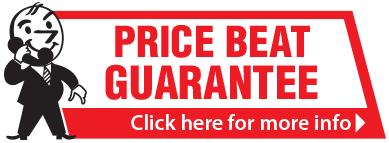
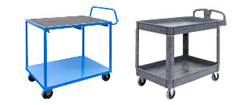


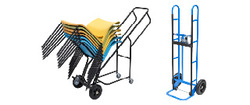
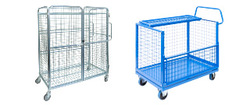
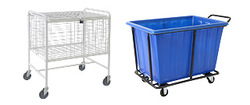
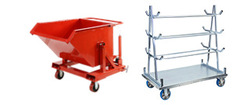
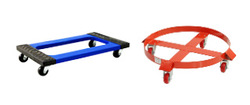
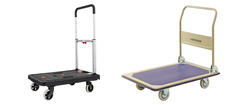
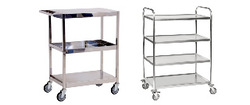
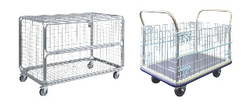
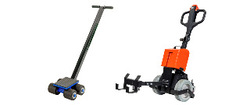
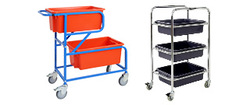
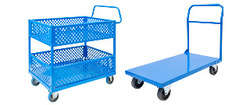
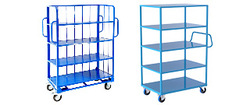
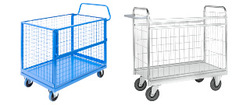
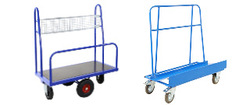
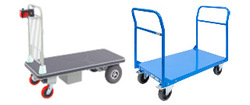
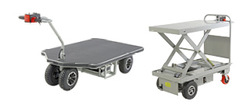
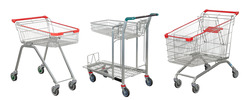
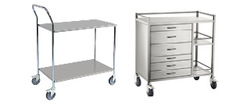
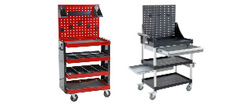
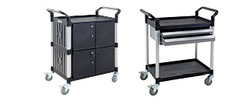
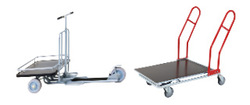
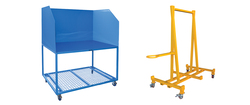



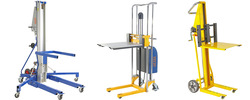



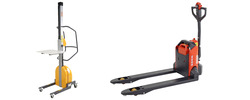
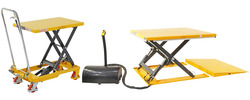
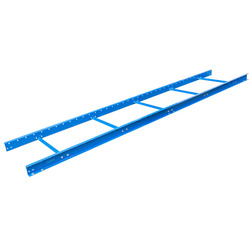
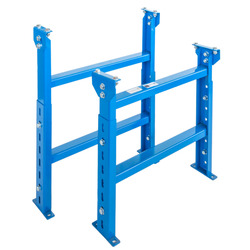
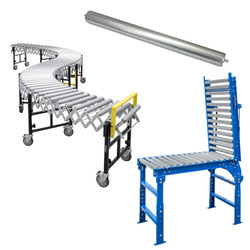
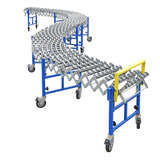


















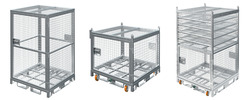

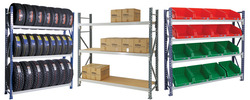
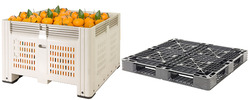
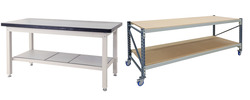
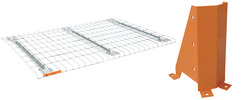
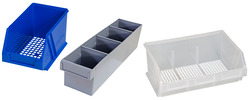

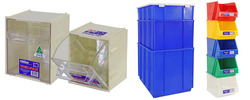

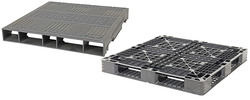

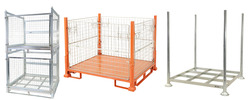
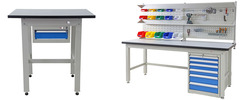
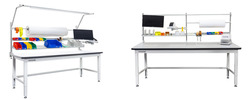


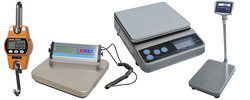



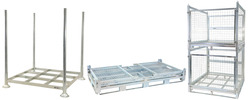
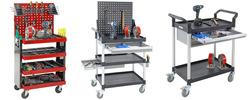
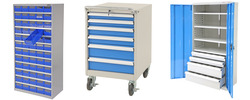

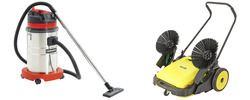











 Trolleys / Hand Trucks
Trolleys / Hand Trucks 2 Tier Trolleys
2 Tier Trolleys 3 Tier Trolleys
3 Tier Trolleys Aluminium Trolleys
Aluminium Trolleys Appliance & Hand Trucks
Appliance & Hand Trucks Cage Trolleys
Cage Trolleys Cleaning Carts & Trolleys
Cleaning Carts & Trolleys Construction Trolleys
Construction Trolleys Dollies
Dollies Foldable Trolleys
Foldable Trolleys Hospital Trolleys
Hospital Trolleys Laundry/Linen Trolleys
Laundry/Linen Trolleys Load Skates & Tow Tugs
Load Skates & Tow Tugs Mail / Office Trolleys
Mail / Office Trolleys Multi Purpose Trolleys
Multi Purpose Trolleys Multi-Tier Shelf Trolleys
Multi-Tier Shelf Trolleys Order Picking Trolleys
Order Picking Trolleys Panel Cart Trolleys
Panel Cart Trolleys Platform Trolleys
Platform Trolleys Powered Trolleys
Powered Trolleys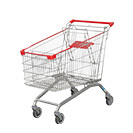 Shopping Trolleys
Shopping Trolleys Stainless Steel Trolleys
Stainless Steel Trolleys Tool Trolleys
Tool Trolleys Utility Carts
Utility Carts Warehouse Trolleys
Warehouse Trolleys Custom Trolleys
Custom Trolleys Lifting Equipment
Lifting Equipment Forklift Attachments
Forklift Attachments Jib Attachments
Jib Attachments Lifting Hoists & Pallet Hooks
Lifting Hoists & Pallet Hooks Manual Stackers & Lifters
Manual Stackers & Lifters Pallet Jacks
Pallet Jacks Pallet Lifters
Pallet Lifters Pallet Rotators & Dispenser
Pallet Rotators & Dispenser Powered Pallet Trucks & Electric Lifters
Powered Pallet Trucks & Electric Lifters Scissor Lift Trolleys and Tables
Scissor Lift Trolleys and Tables Conveyor Equipment
Conveyor Equipment Conveyor Frames
Conveyor Frames Conveyor Stands
Conveyor Stands Roller Conveyors
Roller Conveyors Skate Wheel Conveyors
Skate Wheel Conveyors Access Equipment
Access Equipment Container & Yard Ramps
Container & Yard Ramps Step Stools & Ladders
Step Stools & Ladders Work Platforms & Crane Cages
Work Platforms & Crane Cages Drum Handling
Drum Handling Drum Storage & Bunding
Drum Storage & Bunding Drum Trolleys & Lifters
Drum Trolleys & Lifters Forklift Drum Handling
Forklift Drum Handling Containment & Spillage
Containment & Spillage Aerosol Cans Storage Cages
Aerosol Cans Storage Cages Bunded Pallets & Storage
Bunded Pallets & Storage Corrosive Goods Storage Cabinets
Corrosive Goods Storage Cabinets Flammable Liquid Cabinets
Flammable Liquid Cabinets Forklift Gas Storage Cages
Forklift Gas Storage Cages Gas Cylinder Storage
Gas Cylinder Storage Site Storage
Site Storage Spill Kits
Spill Kits Stillage Cages
Stillage Cages Waste Handling
Waste Handling Bin Lifters & Tippers
Bin Lifters & Tippers Plastic Waste Bins and Carts
Plastic Waste Bins and Carts Steel Waste and Tipping Bins
Steel Waste and Tipping Bins Storage Equipment
Storage Equipment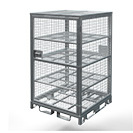 750 Series Cage Configurations
750 Series Cage Configurations Heavy Duty Cabinets & Benches
Heavy Duty Cabinets & Benches Heavy Duty Shelving
Heavy Duty Shelving Mega Bins & Pallets
Mega Bins & Pallets Packing Benches
Packing Benches Pallet Racking Accessories
Pallet Racking Accessories Parts Trays & Stor-Pak Bins
Parts Trays & Stor-Pak Bins Pegboard & Louvre Panels
Pegboard & Louvre Panels Plastic Bins
Plastic Bins Plastic Handling Solutions Bins
Plastic Handling Solutions Bins Plastic Pallets
Plastic Pallets Stack & Nest Bins
Stack & Nest Bins Storage Cages
Storage Cages Workplace Equipment
Workplace Equipment Workbenches
Workbenches Modular Workbenches
Modular Workbenches Electric Height-Adjustable Workbenches
Electric Height-Adjustable Workbenches Floor Matting
Floor Matting Industrial Weighing Scales
Industrial Weighing Scales Pallet Wrapping & Packaging Machinery
Pallet Wrapping & Packaging Machinery Ramps
Ramps Stationery Cupboards
Stationery Cupboards Storage and Stillage Cages
Storage and Stillage Cages Tool Trolleys
Tool Trolleys Tooling Cabinets
Tooling Cabinets Wheelie Bins
Wheelie Bins Workshop Equipment
Workshop Equipment Safety Equipment
Safety Equipment Gloves and PPE
Gloves and PPE Pallet Rack Post Protectors
Pallet Rack Post Protectors Safety Barriers & Bollards
Safety Barriers & Bollards Safety Knives & Cutters
Safety Knives & Cutters Signs and Traffic Supplies
Signs and Traffic Supplies Tool & First Aid Boxes
Tool & First Aid Boxes Construction Equipment
Construction Equipment Concrete Equipment
Concrete Equipment General Site Equipment
General Site Equipment Lifting Equipment
Lifting Equipment Site Storage
Site Storage Waste
Waste 









